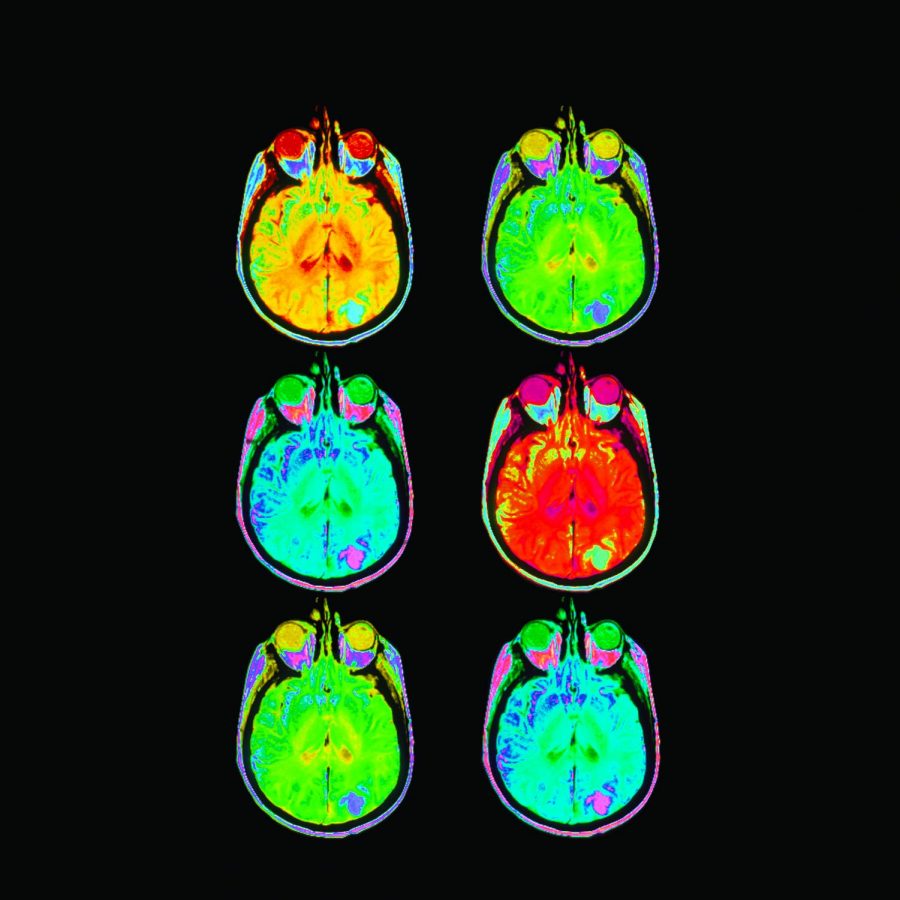CTE in Sports: A Continuing Issue
June 26, 2022
Chronic Traumatic Encephalopathy is a growing issue in sports, primarily football. Many football players, both professional and collegiate, have proven the damage that CTE can do. Articles have shown that the risk doubles after just three years of playing football. Research into CTE has been an expanding subject recently, and researchers have analyzed brain scans of former players.
CTE is a progressive brain condition and is typically caused by repeated concussions and blows to the head. Due to the data collected, Boston University researchers have been able to identify a connection between CTE and football. Many collegiate players have had their lives ruined from CTE, and the 2008 Florida Gators are a major example.
The Gators won the championship that year behind Tim Tebow, the first sophomore to win the Heisman. But not all of the players would live up to expectations. Forty-one of the 121 players on the roster would go on to be arrested. But perhaps the most well-known player on the team was tight-end Aaron Hernandez.
Hernandez’ professional career came to an end with the New England Patriots in 2013 after a murder investigation. He was waived from the team and charged with first-degree murder. Hernandez later would commit suicide in prison. But he is just one example of CTE affecting players.
Phillip Adams is another player who was significantly affected by CTE. Adams murdered six people on April 7, 2021 before committing suicide. The autopsy revealed he suffered from Stage 2 CTE, the most common stage. Adams had previously reached out to the National Football League seeking help, but was denied due to his inability to travel to doctors.
The tragedy of repeated murders and suicides by former NFL players is an unfortunate occurrence, but one that may be attributed to injuries suffered while playing. Thankfully the NFL and NCAA have both implemented measures to protect their players. These include newer helmet technology and rules such as making blindside blocks a penalty.
In 2016 the NFL pledged $100 million to support research and engineering in neuroscience-related topics. They also currently have 29 medical professionals on the sidelines for each game. But these professionals can only help once an injury has occurred, and often it is too late.
Despite these measures, CTE is still an issue, and NFL and NCAA players every year suffer the consequences. The leagues have taken measures to reduce the injury risk, but players every year still suffer bad concussions, a precursor to CTE. Despite this, players are still willing to put their bodies on the line to play professionally.
Suicide is the third highest cause of death for student athletes, often from CTE or the pressure of being a top athlete. Mental health in sports is a very important issue, and thankfully it is getting more and more attention. Athletes are only human, and should be treated as such.








